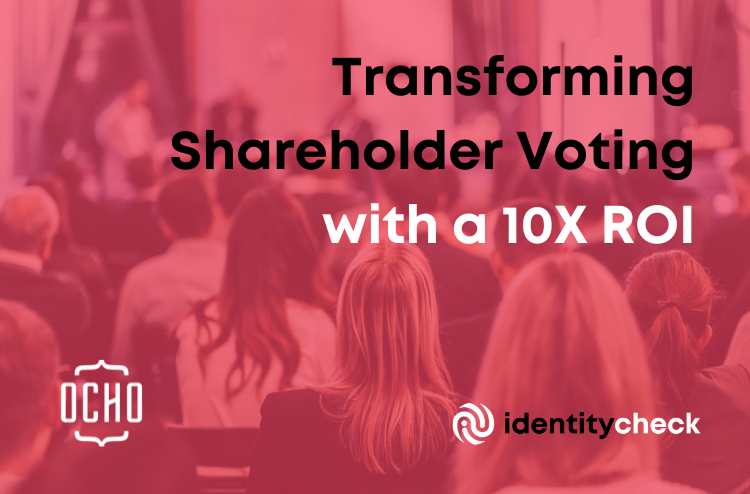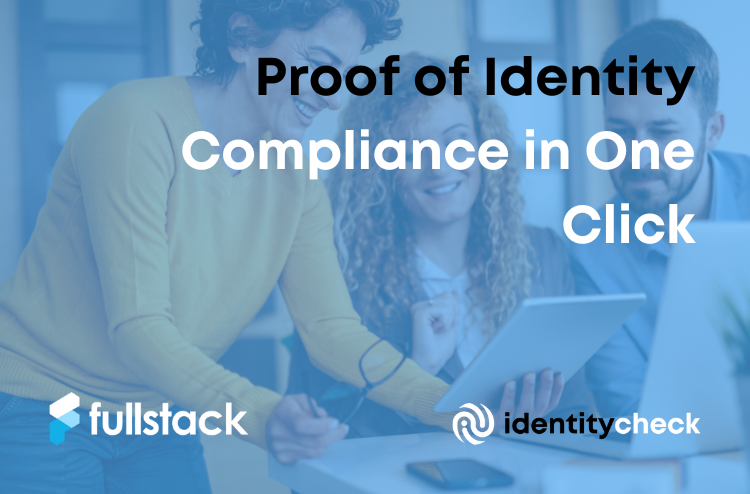When I built my first B2B SaaS company in 2008, I experienced first hand many of the pain points in achieving scale.
In a single word, the issue was Friction.
No matter which channel we tried to use to acquire new customers, it was unavoidably difficult to make a single direct channel work. Although we could make a direct or partner channel acquire a small number of customers, no single channel could cost effectively deliver us customers at scale. With one exception, software marketplaces.
Bbefore I get into software marketplaces in detail, let’s unpack why selling through direct channels is so hard.
Challenges with selling software direct?
In a nutshell, there is friction in the experiences of both the buyer (our target customer), and seller (us).
On the buyer side, we expect the customer to jump through our buying journey, and be ok with it. We believe that by optimising this process, we will eventually make the purchase process seamless enough that the user will forgive any bugs, poor UX or waste, and just buy our product.
Challenges in the path to purchase
For the sellers it’s increasingly difficult to design a great purchase process because the buying process is complex. The process begins at the discovery phase, winds through on-boarding and repetition and then into referral. I’m sure many SaaS sellers will recognise this as the AARRR model that.
The overriding issue with purely focussing on this approach (and I’m not saying it’s wrong entirely), is that you are competing for the attention of your buyer against all the other buyer journeys they experience on a day to day basis. If you’re a new business, it means you also have the uphill struggle of creating brand recognition and trust. It may take you years to get to a sustainable performance, and after that you need to continue to invest in every aspect of the buyer journey.
Don’t get me wrong, I don’t mean you won’t achieve some success with direct sales channels. I just mean that it’s a hard way to scale a business because you need to optimise the journey for every target customer segment. At an enterprise level, this also means you need to optimise for each individual customer.
So how can you scale the user journey for every possible nuance? Especially when the problems and solutions of each audience segment extend into every moving part of your product. Gartner dive into more depth on this within their article on the difficulty of the b2b buying journey.
Integration challenges
Another challenging consideration is the increasing expectations of customers that one system talks to another. Users want systems to integrate seamlessly. They want them to integrate data, manage privacy consistently and be accessible from within other relevant systems.
But it’s not all doom and gloom. It is possible to make selling software through direct channels work. And there are an increasing numbers of large scale SaaS businesses that have built impressive customer bases in this way. What we are saying is that it’s really hard, expensive and very risky to get right without lots of capital and time at your finger tips (sorry).
Why software marketplaces as a growth channel?
If friction is the problem, then seamlessness is the solution.
SaaS marketplaces have exploded over the past 10 years – AWS, GCP, SalesForce, Shopify, and others are leading the charge to provision large volumes of extensible functionality to their growing customer bases. In fact, the market is growing at 45% and nearly 25% of all B2B sales are set to happen via cloud-based marketplaces. As a software seller, it’s important to take note of why they work and what they offer.
Before we do though, let’s stay focussed on the needs of the end customer.
In an ideal world and with an optimised acquisition journey, future users of your software would:
- be buying from a brand that they already trust and do business with
- have a simplified, familiar buying process
- have a single billing relationship
- know how to cancel (or have a route of recourse) in case of dissatisfaction
- be able to transport data across different tools they already use
- receive actionable, relevant insights on what to do next
When you look at those elements, it’s not hard to see why making it work with a direct approach is expensive. And hard to achieve at scale.
Benefits of selling via software marketplaces
As a software vendor, achieving more sales is the most obvious benefit of any new sales channel. But the benefits of selling via SaaS marketplaces extend way beyond sales.
If I could only use one word to describe the overriding benefit of distributing through a software marketplaces, it would be scale.
It goes without saying that the major benefit of selling through a software marketplace is the ability to reach hundreds or thousands of customers in one place. This is a truly scalable distribution approach. But the benefits of this approach extend well beyond increasing your reach. You can read more about the history and future of cloud-enabled scale here.
Piggyback the software marketplaces brand and marketing
Most SaaS marketplaces offer support or co-marketing for your software, which makes your software easier to discover.
What’s more, by of being in the marketplace, your product will likelu be perceived as being aligned to that marketplace. That’s great news if the marketplace is a a provider that your target customer already trusts and uses. Positioning your brand next to a relevant and trusted partner lets you piggyback their success. And it increases the likelihood of a prospect choosing you over a competitor that’s not in the same marketplace.
And you can forget having to turn down business because you don’t work with a certain app. You pre-solve the issue by targeting customers that already use the software that you’re integrated with.
Focus on your core
There are operational efficiencies to be had, which leave you more time to focus on building out your own product. In other words, you can focus on your core and let the marketplace do some of the peripheral tasks and manage some of the data flows that users expect.
In many instances your data can be natively accessed within the application.
And some (not all) software marketplaces will go so far as collecting revenue and outsourcing the handing of payment details for you. Think how much development time and UX design time could be saved by integrations like these.
Streamline customer experience
When your software is discovered in a marketplace, it immediately aligns your customer journey with that of the marketplace.
For example some marketplaces provide some front-line customer support. They will respond to basic enquiries regarding accounts and billing, which not only provides operational benefit, but also streamlines the user experience.
Downsides of selling software via SaaS marketplaces
If you’ve read this far you may well be convinced selling via software marketplaces would be a great strategic move. And you’d be right! However it’s not all plain sailing. And there is cost involved.
Firstly you need to find the right marketplaces for your software. Even if you think the right multivendor marketplaces seem obvious, make sure you invest in research. You’ll be surprised what options are out there. Spending the time upfront will likely save you significant development costs in the future. And to give you a head start, you could start your research here with our marketplace finder
Yes, there are costs to integrate. Not all software marketplaces are easy to build API connections to. In fact some of the largest, most well known, and seemingly attractive marketplaces can be some of the most difficult to connect to. Think SalesForce, Shopify, Google for instance.
There is also the revenue share piece. You can’t expect a marketplace to take on all the distribution and marketing work without demanding a share of your revenue. This share can be anywhere across a broad range, and is sometimes negotiable. Expect anywhere from 0% to 70%. While this might make some software vendors baulk – consider the amount of operational effort taken off your plate, and the additional scale provided.
A final piece of good news is that SaaS marketplaces are still relatively new and are keen to assist making the scale of your software business a success. They really need the additional functionality in their platform to assist in minimising churn (more on the topic of how app marketplaces reduce saas churn here). This means there are many good deals, with some highly attractive marketplaces charging nothing to list you and zero revenue share, while they are still building their footprint.
Conclusions
Selling software direct is hard to scale, expensive and an unattractive use of capital. Selling via SaaS Marketplaces makes strategic sense on many levels. If you’ve considered it at even a basic level you’re probably still ahead of your competition.
If you haven’t yet made inroads to the opportunity, now is a great time to learn more. Take the time to figure out what’s the right path for you, and get started in scaling your software business in a new and exciting way.











